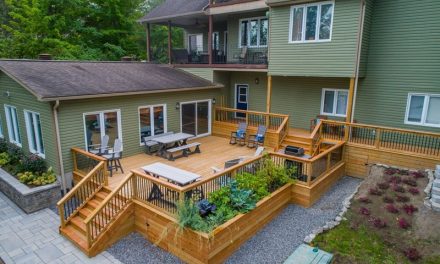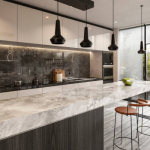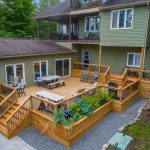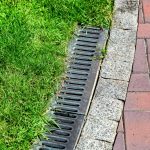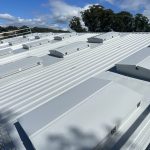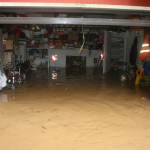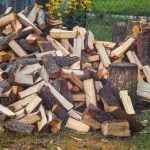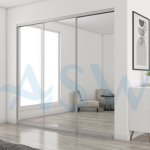How to Design Your Backyard with Form & Functionality
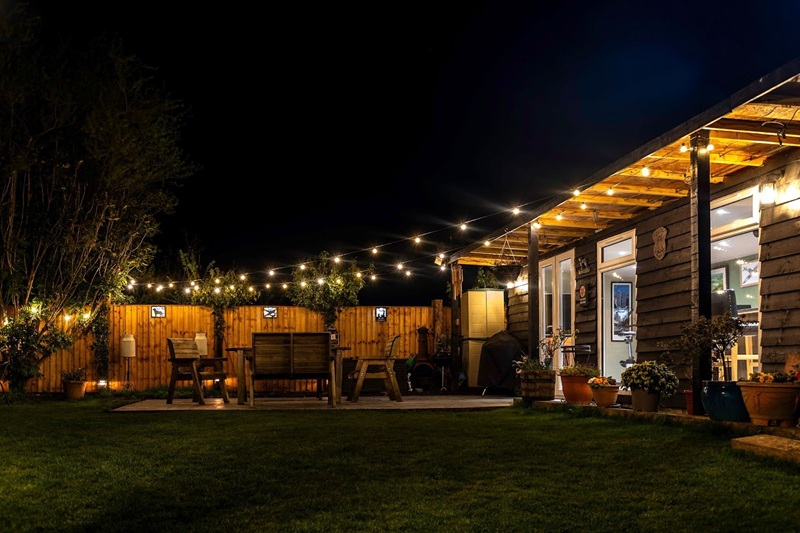
If your home is your castle, your backyard is your domain. A backyard is where your children play, your friends gather, and you enjoy well-deserved relaxation at the end of a long day. But how do you maximise the space?
In this article, we’ve shared our top tips for designing a backyard that looks incredible and serves your needs, from defining your backyard’s purpose to finding the right privacy barriers from Outback Fencing to landscaping more practically. Read on to learn more.
Understand Your Space
Before diving into design or planning to completely redo your layout, examine your existing space. You may have a diamond in the rough! First, measure and map out your yard with a drawing or online software. This will help determine the space you have to work with and decide on possible layouts. Look at sun exposure and shade throughout the day. Pro tip: Take pictures at different times of day to reference later.
How and when sunlight hits your yard will give you an idea of where shade is needed. Make note of existing structures like sheds or pergolas, and think about what plants you may want to keep. Finally, identify natural focal points, such as trees or a particularly stunning view, and consider which aspects of your yard you might want to highlight or conceal.
Define Your Backyard’s Purpose
Designing a backyard for form and function begs the question, what does your backyard need to be functional for? Perhaps you need ample open space for children to play, a partner to play their sport, or even a dog to release its energy. Or maybe you hope to entertain guests weekly, plant a blooming sanctuary garden, or simply relax after work.
Your space may even need to work for any and all of these reasons! Whatever your backyard’s purpose, it will direct how you approach the design process – like whether you prioritise open spaces or create a layout to fit a table that seats twelve.
Choose Your Design Style
A design style is just a concept, but it will influence everything from the materials you use in your pathways to the colour of your outdoor furniture. When choosing your design style, it’s essential to balance your personal style with function and versatility that can boost your property value.
Fortunately, there are so many different styles to choose from! For example, coastal designs feature light timbre, subdued hues, and breezy fabrics, while minimalist designs prioritise clean lines, low-maintenance plants, and neutral tones. It’s always wise to keep your home’s exterior in mind when choosing a design for a cohesive look that improves curb appeal.
Layer Functional Features
Contrary to what you may think, you can add usability to your design without sacrificing style. Create zones in your backyard, using decks, pathways, and plants to divide areas by their function – think a dining area vs. a play area. Opt for furniture that allows your space to evolve, like moveable chairs and modular sofas that can be moved and fit anywhere. Pathways are naturally functional, getting you and your guests from point A to point B, but the materials you choose for them greatly contribute to the space’s aesthetic.
Likewise, lighting not only helps you see in the dark, enhancing safety, but it also plays a significant role in design. String lights are whimsical, uplighting is dramatic, and tiki torches add a bit of tropical charm.
Finally, fencing – a non-negotiable for security and privacy – can come in so many looks to suit your home! Investing in quality fencing will ensure the boundary of your property stays in tack and has the durability to keep your property separate from the outside world, long-term. Many great, advanced modern options balance form and function, and are incredibly stylish and versatile while excelling in their job, often while requiring less maintenance than traditional fencing. You can find Colorbond steel fencing, glass pool fencing, and more at Australian providers like Outback Fencing.
Integrate Landscaping Practically
Plants are both beautiful and practical additions to any backyard. Native, drought-resistant plants are well-suited to the hot Australian climate and provide aesthetic value while also reducing your gardening efforts and water bills. Hedges are like nature’s privacy screens, shielding your yard from prying eyes. Groundcover, when selected thoughtfully, can help reduce erosion and dust.
Edible plants add fullness to your garden and also provide a delicious addition to summertime meals! Grow basil for pizzas, mint for cocktails, and lavender for a relaxing pot of tea. The best part of investing in landscaping is that it can change from season to season, serving different functions as needed.
Ensure Longevity and Sustainability
The most functional investments are those that help you get the most out of your yard. Invest in weather-resistant materials for your fencing, decking, and furniture – they look gorgeous and cost way less in the long run. Think materials like Colorbond steel, aluminium, and PVC, which can withstand extreme weather, brutal Australian sunshine, and the test of time.
There’s value, for you and future buyers, in easy upkeep. Opting for durable, low-maintenance materials will keep your yard looking attractive for longer, while saving you time, money, and energy.
Key Takeaways
If you’re considering redesigning your backyard with form and function in mind, you’ve come to the right place. Here’s how you can get started:
- First, evaluate your space’s size, sun exposure, existing structures, and natural focal points so you have a better idea of where to begin.
- Next, decide what the primary purpose (or purposes) of your backyard will be – play, hosting, or relaxation.
- Choose a design style that balances your personal aesthetic with functionality and curb appeal, such as a coastal or minimalist design.
- Enhance your yard by considering how to add usability to every aspect, from seating areas to lighting to fencing.
- Integrate practical landscaping elements, such as drought-resistant plants for energy savings, groundcover for erosion prevention, and edible plants for a treat!
- Ensure you choose materials that can withstand the test of time to keep your yard looking better for longer with less effort.




